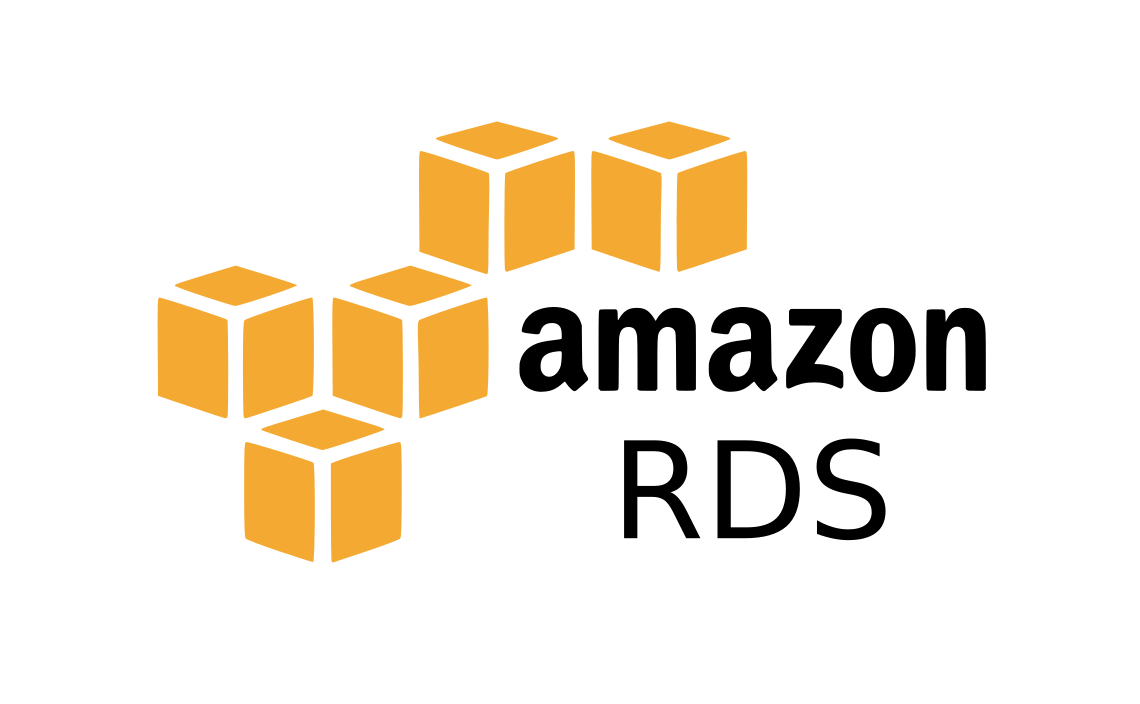Day 12: AWS | RDS (Relational Database Service)
 Farmaan Mansoori
Farmaan Mansoori
What is Amazon Relational Database Service (Amazon RDS)?
- Amazon Relational Database Service (Amazon RDS) is a web service that makes it easier to set up, operate, and scale a relational database in the AWS Cloud. It provides cost-efficient, resizable capacity for an industry-standard relational database and manages common database administration tasks.
Amazon EC2 and on-premises databases
Amazon Elastic Compute Cloud (Amazon EC2) provides scalable computing capacity in the AWS Cloud. Amazon EC2 eliminates your need to invest in hardware up front, so you can develop and deploy applications faster.
When you buy an on-premises server, you get CPU, memory, storage, and IOPS, all bundled together. With Amazon EC2, these are split apart so that you can scale them independently.
For a relational database in an on-premises server, you assume full responsibility for the server, operating system, and software. For a database on an Amazon EC2 instance, AWS manages the layers below the operating system.
In this way, Amazon EC2 eliminates some of the burden of managing an on-premises database server.
Amazon RDS and Amazon EC2
Amazon RDS is a managed database service. It's responsible for most management tasks. By eliminating tedious manual tasks, Amazon RDS frees you to focus on your application and your users
Amazon RDS over Amazon EC2 as your default choice for most database deployments.
Advantages of Amazon RDS.
You can use the database products you are already familiar with: Db2, MariaDB, Microsoft SQL Server, MySQL, Oracle, and PostgreSQL.
Amazon RDS manages backups, software patching, automatic failure detection, and recovery.
You can turn on automated backups, or manually create your own backup snapshots
You can use these backups to restore a database. The Amazon RDS restore process works reliably and efficiently.
What is DB instance.
A DB instance is an isolated database environment in the AWS Cloud. The basic building block of Amazon RDS is the DB instance.
Your DB instance can contain one or more user-created databases.
You can access your DB instance by using the same tools and applications that you use with a standalone database instance
You can create and modify a DB instance by using the AWS Command Line Interface (AWS CLI), or the AWS Management Console.
DB engines
A DB engine is the specific relational database software that runs on your DB instance. Amazon RDS currently supports the following engines:
Db2
MariaDB
Microsoft SQL Server
MySQL
Oracle
PostgreSQL
Subscribe to my newsletter
Read articles from Farmaan Mansoori directly inside your inbox. Subscribe to the newsletter, and don't miss out.
Written by

Farmaan Mansoori
Farmaan Mansoori
Proficient in a variety of DevOps technologies, including Linux, AWS, Python, Shell Scripting, Docker, Kubernetes, Terraform, and Computer Networking. I have a strong ability to troubleshoot issues.